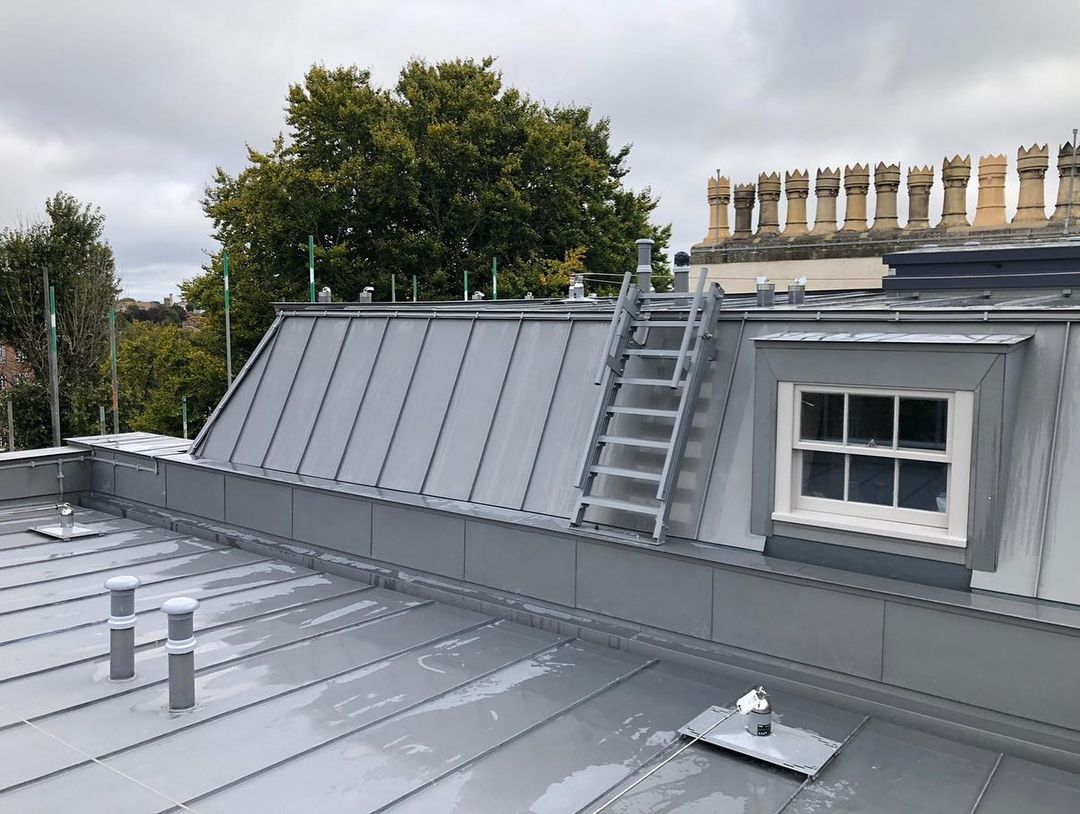Nestled in the heart of the United Kingdom, Bristol is not just a city with a rich history and vibrant culture but also a hub of architectural innovation. When it comes to enhancing the aesthetic appeal of structures, local architects and builders turn to the distinctive charm of Bristol cladding. In this article, we explore the significance of Bristol cladding and how it contributes to the unique architectural tapestry of this iconic city.
Bristol Cladding: Defining Local Architectural Identity
Bristol cladding refers to the specialized exterior covering applied to buildings in the Bristol region. This unique approach to cladding is not just about weather protection; it is a reflection of the city’s architectural identity. The use of specific materials, colors, and designs in Bristol cladding helps create a visual narrative that harmonizes with the city’s historic and contemporary surroundings.
Key Features of Bristol Cladding:
- Local Materials and Sustainability: Bristol cladding often incorporates locally sourced materials, aligning with the city’s commitment to sustainability. From natural stone to timber, the use of materials with a low environmental impact is a hallmark of Bristol’s architectural ethos.
- Heritage-inspired Designs: The historical significance of Bristol is evident in its architecture, and Bristol cladding often draws inspiration from the city’s rich heritage. Traditional designs, such as Georgian or Victorian motifs, seamlessly blend with modern structures, creating a visual dialogue between the old and the new.
- Color Palette Harmony: The color palette chosen for Bristol cladding is a crucial aspect that contributes to the overall visual coherence of the cityscape. Whether it’s the warm tones of local stone or the contemporary hues of metal cladding, Bristol’s color schemes are carefully curated to enhance the city’s character.
- Weather-Resistant Solutions: Given the UK’s unpredictable weather, Bristol cladding prioritizes weather resistance. Materials chosen are not only aesthetically pleasing but also capable of withstanding the region’s rain, wind, and temperature variations.
Bristol Cladding in Local Landmarks:
Several iconic landmarks in Bristol showcase the city’s commitment to innovative cladding solutions. The Bristol Royal Infirmary, for example, exemplifies the fusion of modern design and functionality through its carefully chosen Bristol cladding. The contrast between glass and metal cladding creates a striking visual impact while ensuring the building’s resilience against the elements.
Additionally, the mix of residential and commercial spaces along the Harbourside area highlights the versatility of Bristol cladding. From traditional brick facades to contemporary metal panels, each structure contributes to the vibrant tapestry of Bristol’s architectural diversity.
Embracing the Future:
As Bristol continues to evolve, so does the approach to Bristol cladding. Architects and builders in the region remain dedicated to pushing boundaries, experimenting with new materials, and incorporating cutting-edge designs. This commitment to innovation ensures that Bristol cladding remains a dynamic and ever-evolving aspect of the city’s architectural identity.
Conclusion: Celebrating Bristol’s Architectural Uniqueness with Cladding
In conclusion, Bristol cladding is not merely a functional element; it is a celebration of the city’s architectural uniqueness. From historic landmarks to contemporary marvels, the careful consideration of materials, designs, and colors in Bristol cladding contributes to the vibrant visual narrative of this exceptional city. As Bristol continues to be a beacon of architectural innovation, the future promises even more exciting developments in the realm of Bristol cladding—a testament to the city’s unwavering commitment to marrying aesthetics with functionality.
